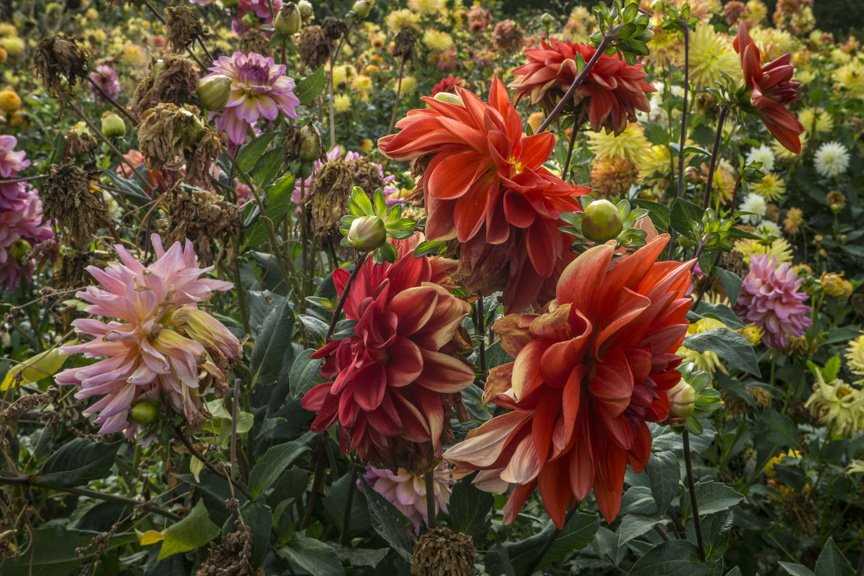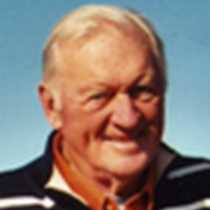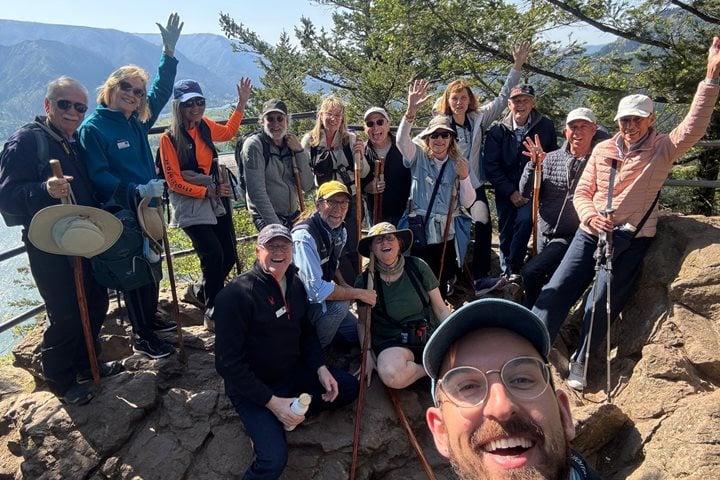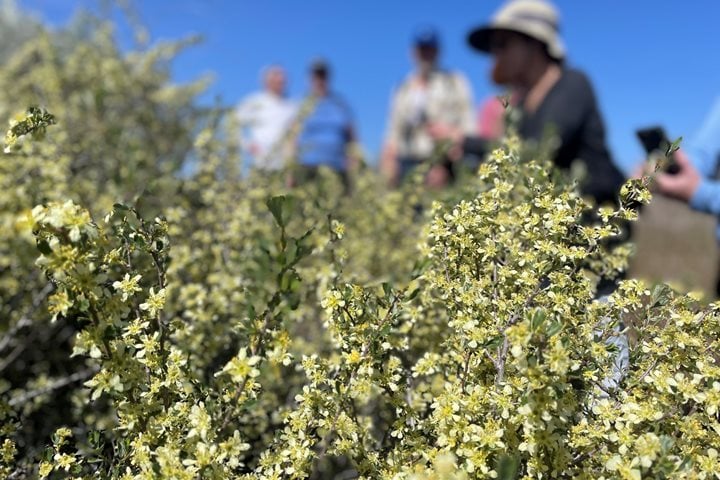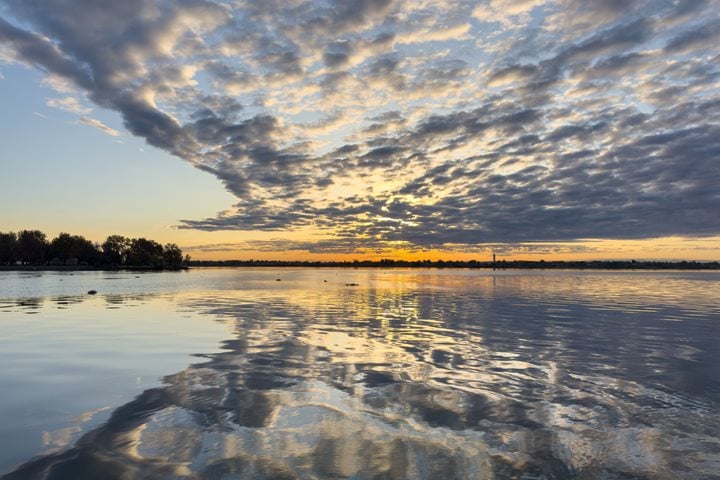National Geographic Sea Bird’s early morning included moving through the Bonneville Dam and Lock. This dam, which is on the National Register of Historic Places, is surrounded by towers transmitting hydroelectricity to the Pacific Northwest and California. It also boasts a large power house, mid-river islands, and a frothy spillway. The National Geographic Sea Bird tied up at the historic village of Cascade Locks. Indian fishing platforms crowd the Columbia River banks near the Bridge of the Gods, a dramatic water entrance to Cascade Locks.
Later, when approaching Hood River, the winter pear capital of the nation, we coasted by burgeoning silt and sand bars accumulated over many years from Hood River itself. Besides wind surfers and recreational boats entering and leaving the port, guests and staff gazed at the gentle slopes of Hood River, the town. Hood River and the Columbia River were dotted by fishermen in boats and along the banks seeking steelhead, a fighting and tasty fish of choice in the Pacific Northwest.
First on the day’s agenda was a motor coach ride from Cascade Locks to Multnomah Falls, the nation’s second highest continuously flowing waterfall (611 feet). The name “Multnomah” honors an early Native American people who were virtually wiped out in an 1829 smallpox epidemic. During our hour’s visit to the falls, guests took hundreds of photos and sampled local fudge and Marionberry jam before returning to the boat for lunch. Other falls (77 identified by geologists), autumn colors, and remnants of the 1915 historic Columbia Gorge Scenic were described en route to the boat.
Motor coach tours were launched in the afternoon to several Columbia River Gorge attractions: the Draper Girls’ Country Farm (fresh vegetables and fruits amidst rich orchards of the Hood River Valley); a visit to the Western Aeroplane and Automobile Museum; Cathedral Ridge Winery; and the tasting rooms and shops of Hood River itself.
After recap, cocktails, and a superb dinner, the day was topped off by an evening presentation entitled Native Art and Culture of the Columbia River and Snake Rivers.

